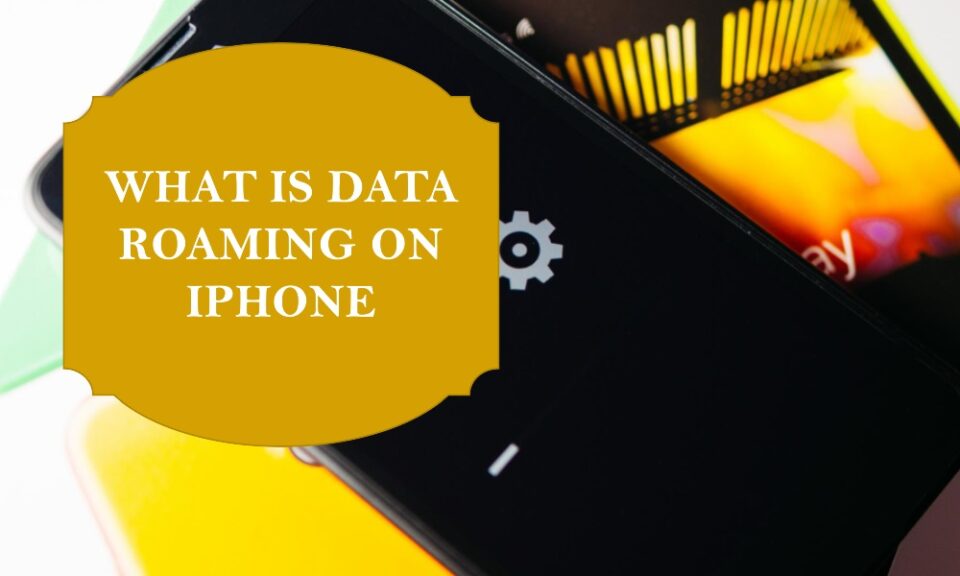With the advent of mobile technology, staying connected while traveling has never been easier. Yet, despite the convenience, there is one term that can often instill fear into even the most tech-savvy traveler: data roaming. So, what exactly is data roaming on an iPhone? Let’s delve into the details to fully understand what it means, its implications, and how to manage it.
What is Data Roaming?
Data roaming refers to your iPhone’s use of a different mobile network to access the internet when you are outside your carrier’s coverage area. While it ensures that you stay connected, it can also come with hefty fees if not managed properly.
How Does Data Roaming Work?
When you travel outside your mobile carrier’s service area, your iPhone automatically tries to connect to another carrier’s network to maintain data services like emails, maps, and web browsing. This is data roaming in action.
Domestic vs. International Roaming
- Domestic Roaming: In larger countries like the United States, data roaming can occur when traveling between states if your carrier doesn’t offer nationwide coverage.
- International Roaming: This is more common and happens when you travel to another country. The costs can be significantly higher compared to domestic roaming.
Why is it a Concern?
Cost Implications
Roaming charges are usually quite high and can add up quickly. Even a few minutes of web browsing or using Google Maps can result in substantial charges.
Data Limitations
Many carriers offer limited data roaming services, meaning your internet speeds may be throttled after a certain point.
Managing Data Roaming on iPhone
Turning Data Roaming On/Off
- Go to Settings: Open the Settings app on your iPhone.
- Select Cellular: Tap on the Cellular option.
- Data Roaming: Here, you will see a toggle for Data Roaming. Turn it on or off as per your needs.
Use Wi-Fi Instead
Whenever possible, connect to Wi-Fi to avoid using data. This is often the best way to prevent any unexpected charges.
Set Data Limits and Alerts
Some carriers and third-party apps allow you to set data limits and receive alerts when you’re nearing your limit.
Frequently Asked Questions
Q: Can I still receive texts and calls with data roaming off?
A: Yes, turning off data roaming only affects internet services. You will still be able to make calls and send texts.
Q: What happens if I reach my data limit while roaming?
A: Your carrier may cut off your mobile data or reduce the speed significantly.
Q: Are there any alternatives to data roaming?
A: Yes, you can use local SIM cards, or Wi-Fi services, or even portable Wi-Fi devices known as ‘Mi-Fi’.
Q: Is it necessary to turn off data roaming when not in use?
A: It’s advisable to do so to avoid unexpected charges, especially when traveling internationally.
Conclusion
Understanding what data roaming is and how it works can save you from unexpected and often astronomical charges. While it is a useful feature that ensures you stay connected, proper management is essential. With iPhones offering simple settings to control data roaming, managing this aspect of your cellular service is now more straightforward than ever.

